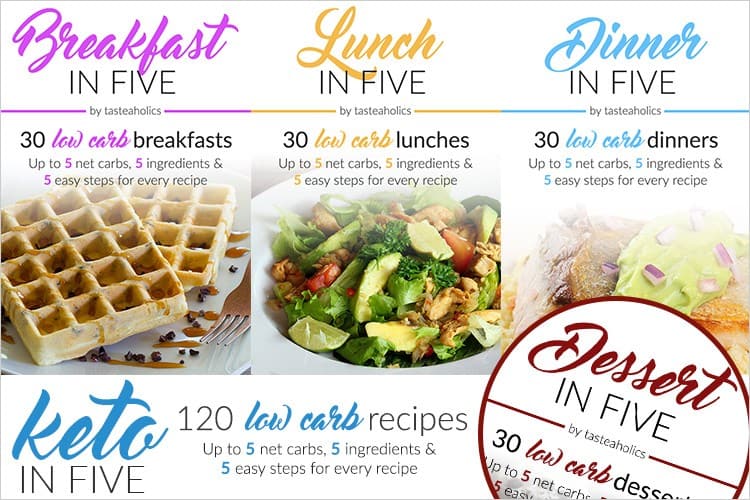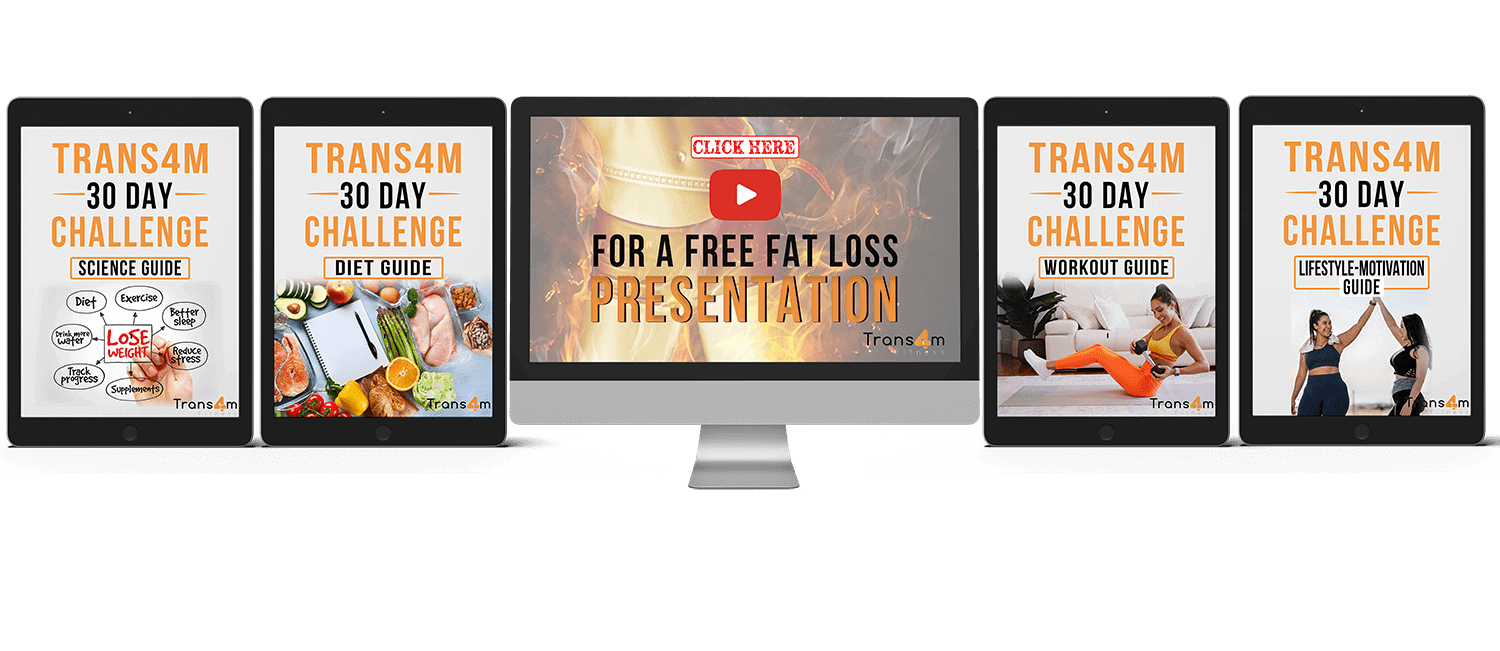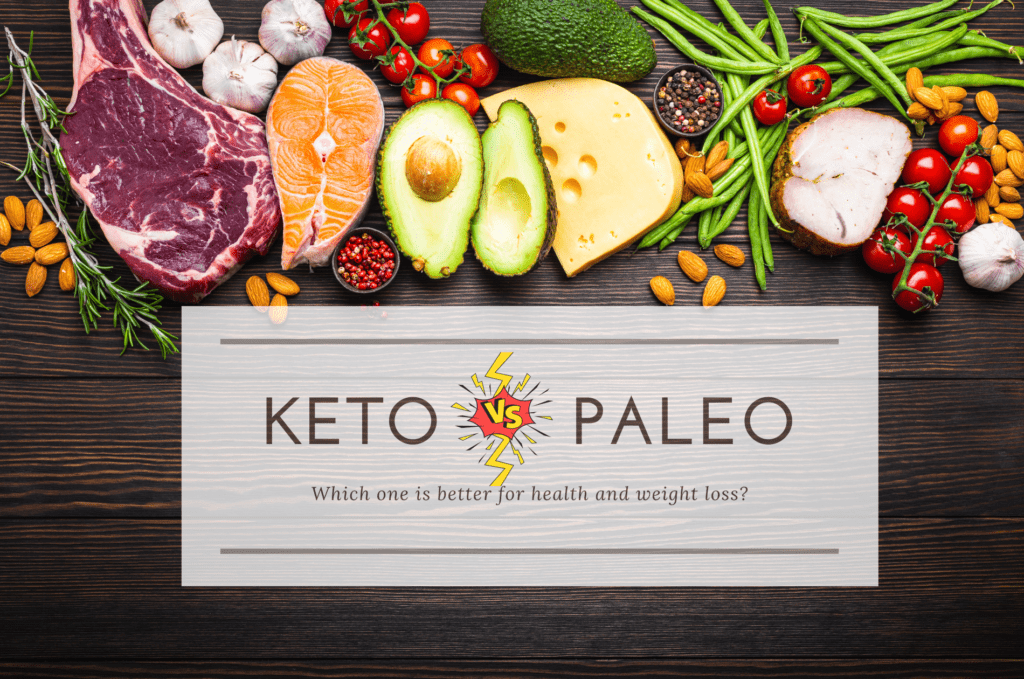
Paleo vs. Keto Which is Better for Health and Weight Loss?
Dozens of popular diets claim to be the most reliable for getting healthy and fat loss. One downside to having such a wide variety to choose from is that every person is distinct, and what they need will vary depending on a wide variety of demographics.
We each have our own health and family histories, nutritional requirements, and traits caused by genetics, age, or gender that determine how well we absorb nutrients and burn fat.
A diet that works well for one person may have no effect or a negative effect on someone else.
By comparing diets, you can discover which has features that appeal to you and fit your health needs. You will want to ensure that whatever diet you choose is one you feel connected to somehow because this can help you stay motivated to follow through.
There are thousands of studies and clinical trials worldwide that have proven the effectiveness of a healthy diet on weight loss and general health.
Eating fresh fruits and vegetables, lean meats, and other nutritious foods can help lower the risk of developing conditions like heart disease.
You will want to look at the facts of each and then choose based on which diet you believe will be most sustainable within the confines of your lifestyle.
On this page, we will look at two current popular low-carb diet plans.
The ketogenic and paleolithic diets are both effective means to lose weight and get healthy.
They each have numerous studies proving their health benefits. For your convenience, we will break them down, explain the key features of each, and then compare keto and paleo to one another so that you can make an educated decision about which is best for you.
What is the Paleolithic Diet?
The concept of the Paleolithic diet was created in the 1970s but did not gain traction in health circles until the early 2000s. Since then, paleo has become something of a pop-culture phenomenon.
You may also know it as the paleo, Stone Age, hunter-gatherer, or caveman diet. The paleo diet was inspired by the lifestyle archaeologists believe was prominent between 2.58 million to 11,700 years ago during the paleolithic age.
There is research evidence to back up the health claims that paleo advocates often use to support their preferred lifestyle.
During the paleolithic era, people got their essential vitamins and minerals from gathering wild vegetables, nuts, berries, or seeds and hunting for various meats, including fish and deer.
This diet plan strictly follows the diet of ancient man. Any foods that would not have been widely available at the time are excluded from the meals, including most dairy and whole grains.
The idea behind this diet is that since human DNA has not changed much since that time, our food intake should not be changed either.
Followers of the paleo diet believe that processed sugars and other modern foods are the main reason that so many people are diagnosed with obesity and other health conditions.
This way of thinking has led to an ideology accompanying the paleo diet which encourages adherents to live in much the same way as their paleolithic ancestors may have, including exercising in short bursts, practicing meditation techniques, and adopting a life of comparative minimalism.
Some people find this living too involved while others connect to it on a deeper level and find meaning in learning to live like people of the distant past.
While some features of the paleo diet are based on accepted archeological facts, most of the ideological claims are modern interpretations.
There are plenty of health benefits that come with any balanced diet, and this one is no exception. When it is followed in a way that puts nutrition first, research indicates quite a few advantages that can be gained from the paleolithic diet.
What Foods Do You Avoid With the Paleo Diet?
The paleo diet encourages a higher protein intake with less focus on how much fat or carbohydrates you add to each meal.
The focus is less on which macronutrients you are eating and more on the type of food such as lean meat or nuts. You will want only to eat things available to people living in the paleolithic age because there is a strict limit to what foods are considered approved to eat if you follow this way of living.
A few of the foods you are not permitted when following the paleo diet include the following.
- Processed foods, including sugars and meats
- The majority of dairy foods
- Whole grains, legumes, and other farmed foods that would not have been available in the paleolithic era

- Starchy vegetables (Some are allowed now and then with veggies like sweet potatoes in small quantities.)
- Most artificial sweeteners (Maple Syrup, Monk fruit, honey, and Stevia are allowed)
Many people take the hunter-gatherer lifestyle seriously, and they may even begin hunting for their own food and gardening to supply themselves with fresh berries, seeds, and vegetables.
While all of the paleo-approved foods can be found in stores, this particular diet is often attractive to people who have romanticized living off the land.
Strengths and Weaknesses of the Paleo Diet
To fully follow the paleo diet lifestyle may require being willing to change how you approach your food, exercise, and ways of thinking about how you interact with the world.
There are specific types and durations of exercise and a limited catalog of approved foods.
It is an easy choice to start using the paleo diet for someone who wants to get healthy and agrees with the paleo diet’s ideology and message.
However, if you have a hard time sticking to strict meal plans or enjoy eating many different types of foods, then the paleo diet might not be the right one for you.
Health Benefits of the Paleo Diet
One of the often touted health benefits of the paleo diet is a decrease in inflammation. If you suffer from a chronic inflammatory condition, you may benefit from following this type of diet.
There is some evidence that paleo improves and strengthens the immune system. It does this by providing the body with a balance of essential nutrients that are often missing from modern diets full of sugars and processed foods. For anyone who often experiences deficiencies of specific vitamins or minerals, the paleo diet is the perfect solution for ensuring your body gets everything that it needs.
In 2009 researchers at Mills-Peninsula Health Services in California published the results of a study looking at the long-term health benefits of the paleolithic diet.
published the results of a study looking at the long-term health benefits of the paleolithic diet.
They reported that “even short-term consumption of a Paleolithic type diet improves blood pressure and glucose tolerance, decreases insulin secretion, increases insulin sensitivity, and improves lipid profiles without weight loss in healthy sedentary humans.” The diet was helpful to people with Type 2 Diabetes, control their symptoms, and lower the risk of additional conditions like heart disease.
To find out more about the Paleo diet, including meal plans, check out our page on All You Need to Know About the Paleo Diet .
.
The Importance of Balancing Paleo Meals
Anyone who wants to live a healthier life by cutting out processed foods and sugars will benefit from the paleo diet.
One thing to watch out for is balance. Anyone who chooses the paleo dietary method will need to keep an eye on their fat and protein consumption because, with those types of foods, it can be easy to ingest more than the daily recommended amount.
Also, many people do not check their vitamin and mineral consumption. Vitamin D and Calcium are two of the most common deficiencies among people who eat paleo foods.
What is the Ketogenic Diet?
Originally the ketogenic diet, also called the keto diet, was designed to treat pediatric epilepsy in the 1920s and later picked up in popularity around the 1960s.
The Keto diet focuses on macronutrients and ensuring that you are getting a specific mixture of carbs, fats, and proteins each day.
You can eat a much larger variety of foods than the paleo diet as long as those foods fit within the macronutrient framework that will keep you burning fat for fuel instead of carbohydrates.
There is evidence that a keto diet can be a healthy choice for people with the following health conditions.
- Type 2 Diabetes
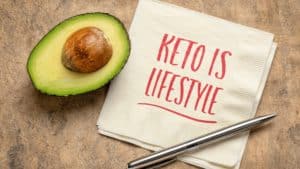
- Cancer
- Certain psychiatric disorders
- Autism
- Alzheimer’s
Strengths and Weaknesses of the Keto Diet
The keto diet is specifically designed to adjust your macronutrient intake so that your body begins to use ketosis and burn fat at a much higher rate.
Usually, the fat you burn will be coming directly from your diet, but you will also burn accumulated fat if you combine a healthy diet with 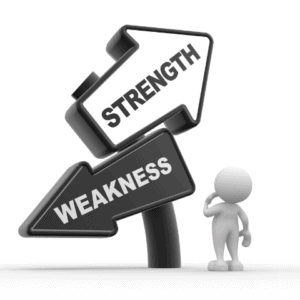 regular exercise.
regular exercise.
There is evidence that this will encourage faster weight loss compared to some other diets.
Ketosis is achieved by cutting way down on carbs in your daily diet and introducing an increase in fats and proteins. The keto diet
is achieved by cutting way down on carbs in your daily diet and introducing an increase in fats and proteins. The keto diet has only 5% carbohydrates.
has only 5% carbohydrates.
Keeping your intake that low will ensure that your body converts to fat to ketone bodies for energy.
Health Benefits of Keto Diet
A 2004 article by Kuwait University reported a study that looked at the long-term effect of the ketogenic diet on obese patients. What they concluded was that “it significantly reduced the body weight and body mass index of the patients.” In addition to weight loss, they also recorded the following health benefits.
reported a study that looked at the long-term effect of the ketogenic diet on obese patients. What they concluded was that “it significantly reduced the body weight and body mass index of the patients.” In addition to weight loss, they also recorded the following health benefits.
- Decrease in fat
- Lower levels of “bad” cholesterol and blood sugar
- Increased levels of “good” cholesterol
You can find meal plans, details on the Keto diet, and more by visiting our Complete Beginners Guide to the Ketogenic Diet .
.
Who Should Use the Keto Diet?
Ketogenic is a high-fat diet that can reduce cravings, boost metabolism, burn fat, and increase muscle mass, making it perfect for people diagnosed with metabolic syndrome with a high risk of stroke or heart disease.
with a high risk of stroke or heart disease.
Anyone looking to control their weight, blood sugar, heart health, and fitness will benefit from the keto diet.
It has been proven to be especially effective for individuals with Type 2 Diabetes or obesity.
There is also evidence that the keto diet is helpful for epilepsy and certain neurological conditions.
Before changing your diet to lessen the risk of developing these conditions, it is essential to speak with your doctor and determine if the keto diet will meet your nutritional needs.
Comparing the Ketogenic and Paleolithic Diets
The main difference you will find between these two low-carb diets is that paleo and keto differ in their scope.
People who follow the Ketogenic diet only need to worry about staying within a specific range of macronutrients. A paleolithic diet is a holistic approach to health with particular exercises, mindfulness, and a limit on foods but not on the macronutrients that you include with each meal.
What They Have in Common
Besides limiting your calorie consumption, there are a few other things that these two diets have in common. They are listed below.
- Healthy fats Including olive oil, avocado oil, and coconut oil
- Below average carbohydrate intake
- Emphasis on using fresh meat and vegetables to get essential nutrients
- Grains are discouraged
- Both diets use nuts and seeds
What Sets Each Diet Apart
Both diets are geared towards fresh whole foods but the kinds that they allow differ significantly. The paleo diet is less concerned about how much you eat and more concerned about what exactly you are eating, which means you might get away with a higher carb intake or protein in your diet simply because you eat too much of one type of food.
On the other hand, the keto diet is much more balanced, and the goal is to stick between a specific ratio of macronutrients. Individuals eating paleo diets are more likely to suffer from deficiencies or over-eat certain foods due to the lack of structured meal planning.
Another way they are different is how your body uses the energy gained from the foods.
Because the ketogenic diet is very high in fats and low in carbs, your body will automatically begin achieving a state of ketosis , which means that it is fueled by the calories gained from fatty foods. This form of metabolism is believed to increase weight loss. The paleo diet is still low in carbs and fat and high in proteins, leading to a boost in metabolism.
, which means that it is fueled by the calories gained from fatty foods. This form of metabolism is believed to increase weight loss. The paleo diet is still low in carbs and fat and high in proteins, leading to a boost in metabolism.
Unlike with the keto diet, your body will be running off carbohydrates. With paleo, you do not reach a state of nutritional ketosis.
The paleo diet is going to be better for gaining lean muscle and maintaining a healthy weight.
The keto diet burns fat faster and allows you to lose more weight over a period of time. When combined with regular exercises and a healthy lifestyle, both are good for you and lead to weight loss and overall health.
Which Diet is Right For You?
Only you can make the determination and choose which dietary method is going to be best for you.
Perhaps you identify with the mentality that comes with hunting or gathering your own food, or maybe you prefer to eat many leafy greens and fruit.
Whatever your preferences, one of these diets will be perfect for you. After looking at the comparison between the paleo and keto diets, it should be easy to pinpoint which will be easiest for you to incorporate.
Go with the one that will take the least amount of effort to fit into your life. If it meshes well with your personal preferences, you will be more likely to stick with it over time. It would help if you asked yourself the following before deciding on which plan is best for you.
- What types of healthy foods do you genuinely enjoy? Which diet includes those foods?
- How much do you want to change your current lifestyle?
- Do you want to eat some processed foods in moderation, or would you feel more comfortable cutting them out of your diet entirely?
- Are you comfortable eating a diet that includes meat?
- What is your ultimate goal? Do you want to lose weight and get fit or burn off extra fat?
How To Lose Weight and Get Healthy Using Either Diet
In the end, you can lose weight using either the paleolithic or ketogenic method, but you will want to choose whichever one will give you the most benefits and be the easiest to build into your current lifestyle. There are a few things to consider when you are looking at them both.
- Which one appeals to you?
- How realistic are your expectations?
- What long-term dietary changes are you willing to make?
Count Calories
No matter what kind of food you eat, you will not reach your desired weight goal if you do not track your caloric intake and make sure it stays at or below the recommended amount for your age and gender.
There are plenty of apps designed specifically for either the keto or paleo diets that you can use to track your progress and how many calories you should eat each day.
Or use the very popular Myfitnesspal which is free and just plug in the macro breakdown and your good to go!
and just plug in the macro breakdown and your good to go!
You will want to make sure that you include enough calories to keep your body fueled throughout the day, especially following a fitness routine.
You can create a weight loss calorie intake plan using an app or our online weight loss macro calculator here.
A new diet can only be successful for as long as you follow it.
By taking the time to make a realistic meal plan, you will increase the likelihood that you will stick to it long-term.
You need to make sure the type of foods you intend to eat can provide all the necessary nutrients.
Also, check your weight loss or fitness goals to make sure they are attainable. You might get discouraged and stop using your new method before results can manifest if you expect too much too quickly.
The most reliable way to set realistic goals for yourself is by speaking with your doctor or a certified nutritionist who can help you figure out which diet will give you the results you want.
It would help if you also remembered that diet is only a single aspect of losing weight or getting fit, and doing that one step alone is not going to be enough.
You also need to exercise, get a proper amount of sleep each night, and drink plenty of water. You will feel and look your best when you set realistic goals that you can reach.
Choose What Appeals to You
You are more likely to fully embrace a new dietary plan and create positive lifestyle changes if you are eating things you actually enjoy.
For example, the keto diet has more sweet foods like fruits, while the paleo diet is higher in protein, mostly provided through various meats.
If you prefer one over the other, then you will be more likely to follow that diet since you will be eating meals that you genuinely enjoy.
You can find a complete 7 day sample ketogenic meal plan here and a 7 day sample paleolithic meal plan here.
and a 7 day sample paleolithic meal plan here.
Summary
When it comes to choosing a nutritional plan, there is no one correct answer. Everyone needs to decide based on their own personal health and the fitness or weight goals they would like to achieve. You can look at the advantages and disadvantages of each diet and determine which is right for you.
The low-carb, high-fat ketogenic diet is focused on staying within a particular macronutrient target.
Still, it has a greater variety of individual foods to choose from. The low-carb, high-protein paleolithic diet includes adopting a certain mindset and enjoying fewer types of food. Both are healthy, and you can get excellent health and weight loss results from either. The most important thing is recognizing which feels more comfortable to you and what types of foods you cannot live without.
Lowering your caloric intake and increasing exercise will make you lose weight regardless of what diet you end up choosing.
By deciding to follow one that you feel a connection to, you will be more likely to stick to your new dietary plan. Both diets reduce fat stores in the body, as do all low-carb diets.
You may want to speak with your doctor or a nutritionist to determine which dietary plan will provide you with the right balance of nutrients for your current health.
They can advise you on which foods to avoid and the best way to start working your new diet into your life.
Recent Posts
How To Reverse Fatty Liver Disease Through Diet (7 Day Sample Diet)!
Is A Fatty Liver Reversible? Fatty Liver Diet Plan and Menu Here we tell you everything you need to know about the fatty liver diet, menu, recipes, tips, and tricks. Did you just get diagnosed...
How to lose weight for teenage girls. A complete guide with tips
Lose weight and surprise your friends with your transformation. Follow our exclusive weight loss tips, healthy diet, and workout routine for teenage girls-all backed by science and recommended by...


